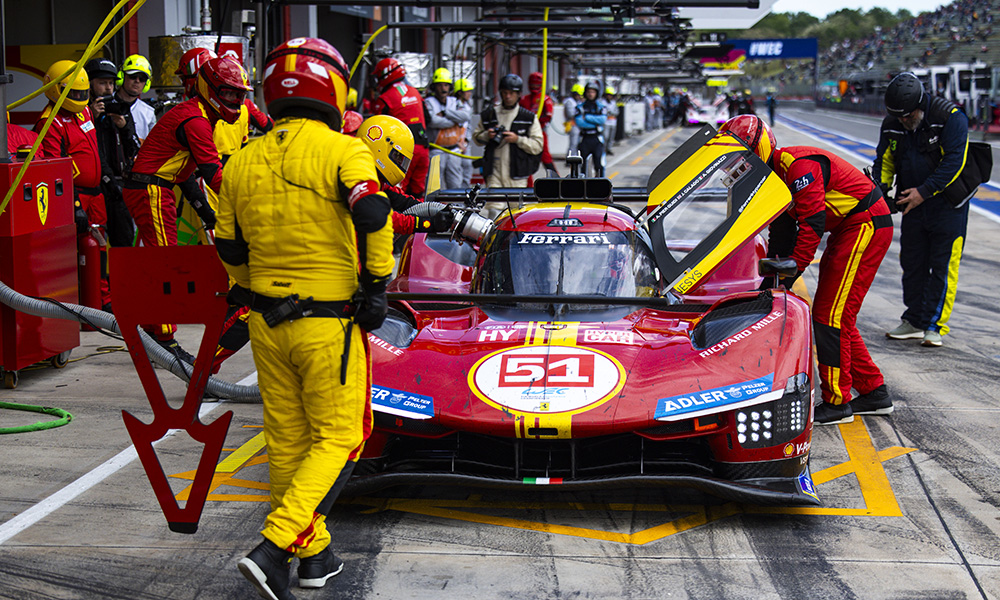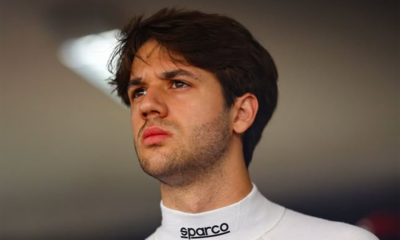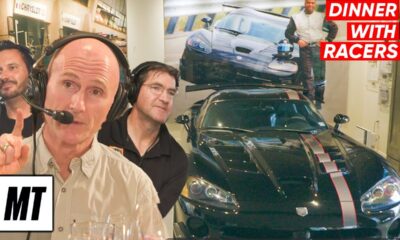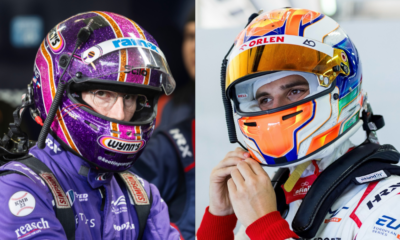
Photo: Julien Delfosse/DPPI
Ferrari says it only fully understands 80 percent of its 499P, claiming it is still learning more about its FIA World Endurance Championship challenger as it visits new circuits.
The Italian manufacturer enjoyed a successful debut season in the WEC’s top class last year, taking victory in the 24 Hours of Le Mans and emerging as Toyota’s nearest rival for championship honors with podiums at every circuit except Fuji.
Its 2024 campaign has got off to a more difficult start with a subdued showing in the season-opening Qatar 1812km followed by a weekend to forget on home turf at Imola, where the 499P was the class of the field in dry conditions but lost out in the wet due to strategy blunders following the arrival of rain.
Speaking prior to the 6 Hours of Imola, Ferrari’s race and test team manager Giuliano Salvi stated that the team was unhappy with its failure to maximise its car’s potential in Qatar after coming away with fourth, sixth and 12th places.
But he emphasized that the AF Corse-run outfit remains some way from having a full handle on its Le Mans Hypercar, with visits to new circuits such as Qatar and Imola helping it to understand more areas of the 499P.
“After the whole season last year, we had a full review of our car because we had the chance to see the car in different layouts,” said Salvi.
“At the end of last season, having raced on high-speed circuits, low-speed circuits, circuits with different corners, we have a clear idea of our strengths and weaknesses.
“I would say 80 percent of the car now, is clear. There is still 20 percent we need to control better.
“We will know more and more as we run on different tracks and gather data. We didn’t have data for 50 years! There is a server in Maranello building up from scratch.
“Last year we did a good job but we were a newcomer. The learning curve was quite steep. It’s still steep but we should stabilize a bit more.”
As well as Qatar and Imola, Ferrari faces the prospect of two more new tracks on the 2024 calendar in the form of Interlagos and the Circuit of The Americas.
“Every time we faced a new track last year we learned so many things,” Salvi continued. “Austin is a another new track, very bumpy, we saw the MotoGP race there, it’s very bumpy, so we will experience the car on a more bumpy track.
“It’s the same in Interlagos, which is a track at high altitude. It gives us different features.”
Salvi added that Ferrari remains also in the process of honing communication among its personnel, with several new team members joining the squad for this year.
“In the winter there was some turnaround in terms of personnel,” he explained. “Some people decided they want to stay at home and become more factory-based, and then there are some newcomers with a lot of potential but maybe not completely [integrated].
“We work on tidying up everything, just simple things like radio communication. There are some new guys and they have a lot of passion, but maybe they need to be more effective in communication sometimes, it doesn’t come easy.
“Maybe for Anglo-Saxon people it’s more natural, but we need to work on this kind of thing. It’s part of the game and it’s one of the things to build up in the team and grow up.”
Tire degradation was considered to be a key weakness of Ferrari compared to some of its Hypercar competitors last season, but Salvi believes that the Qatar race showed the progress that the Maranello concern has made on this front.
“Even in Qatar, you saw the degradation of the 499P wasn’t bad,” he said. “Bahrain [at the end of 2023] wasn’t bad, and for Qatar we worked a lot on that.
“We had some problems, separate from tires, like drive-through [penalties]. But the degradation wasn’t bad at all. We are confident we’ve gone in the right direction.”
Following the events of Imola, where the best of the Ferraris was again fourth at the finish, Salvi added: “For sure we were happy about the car.
“After Qatar we developed the car in a proper way, and for sure that’s the worst part [about how the result] because you could see the drivers were happy [with the car].”





















